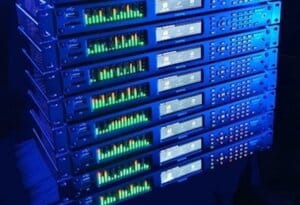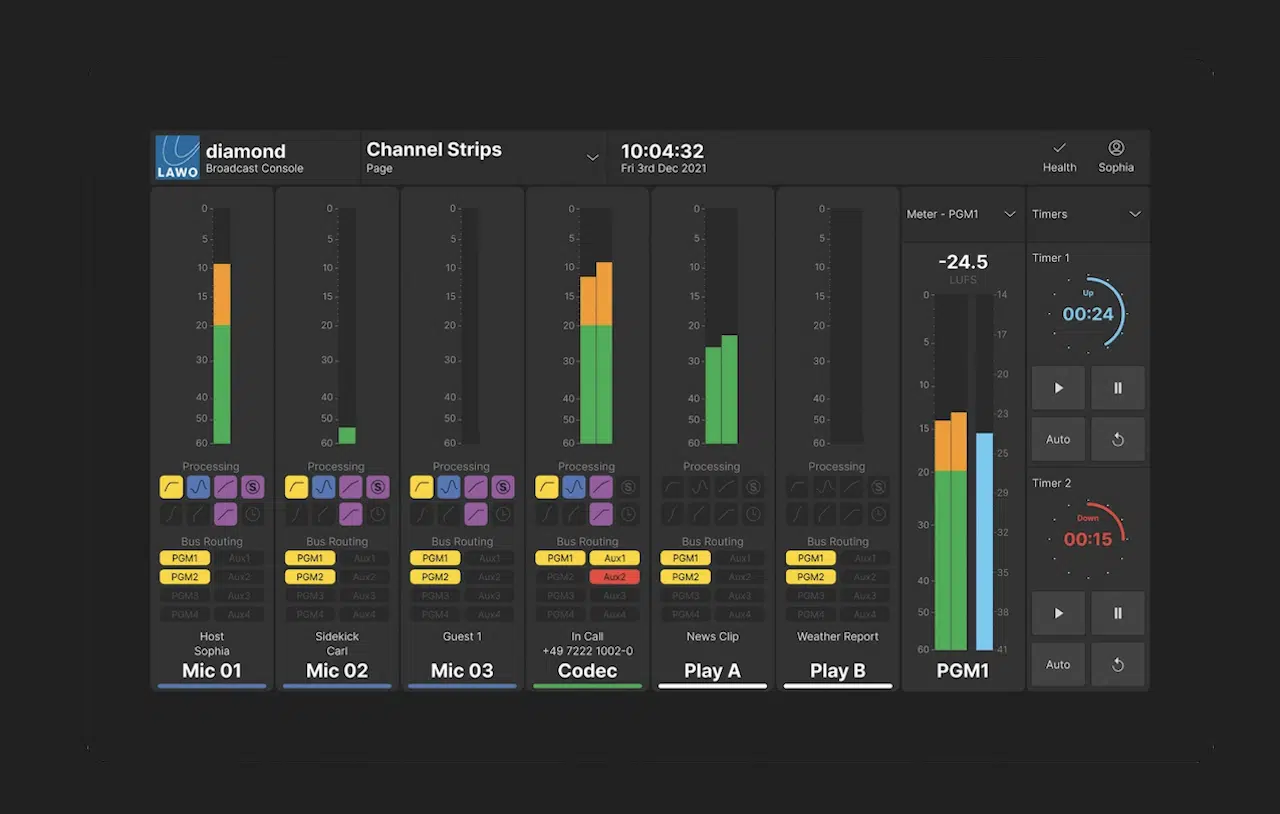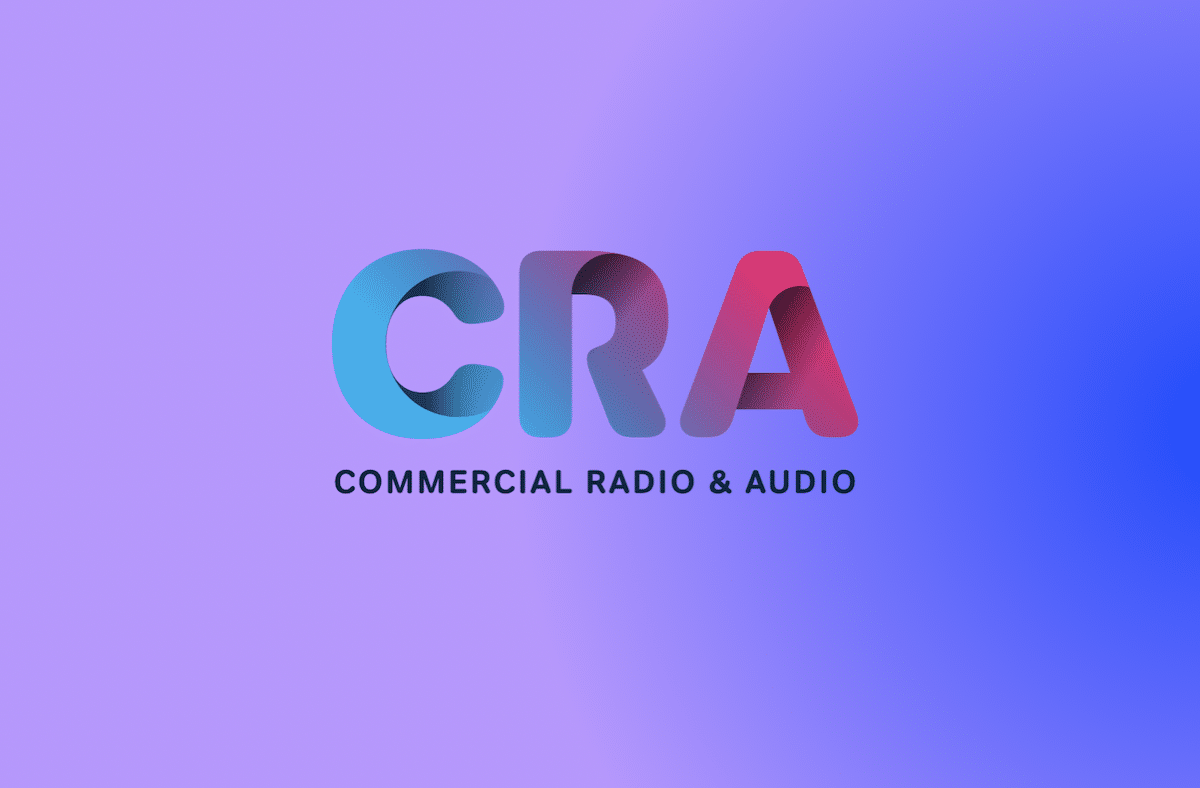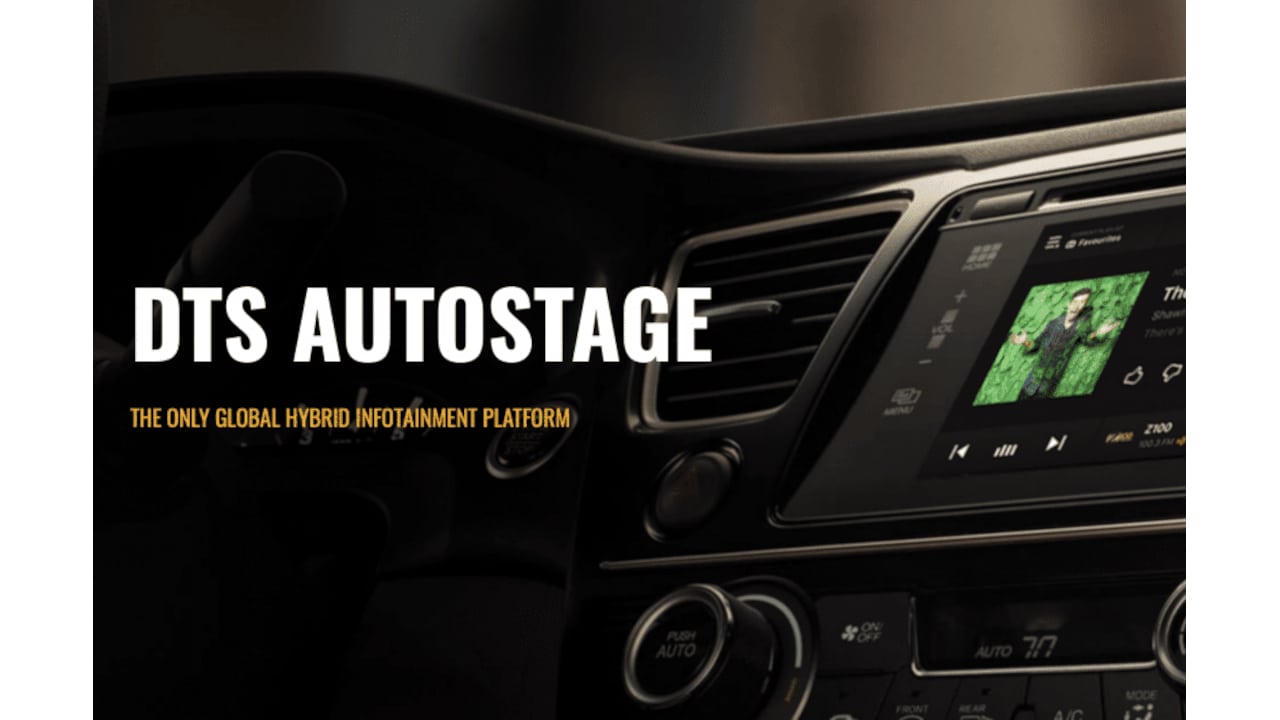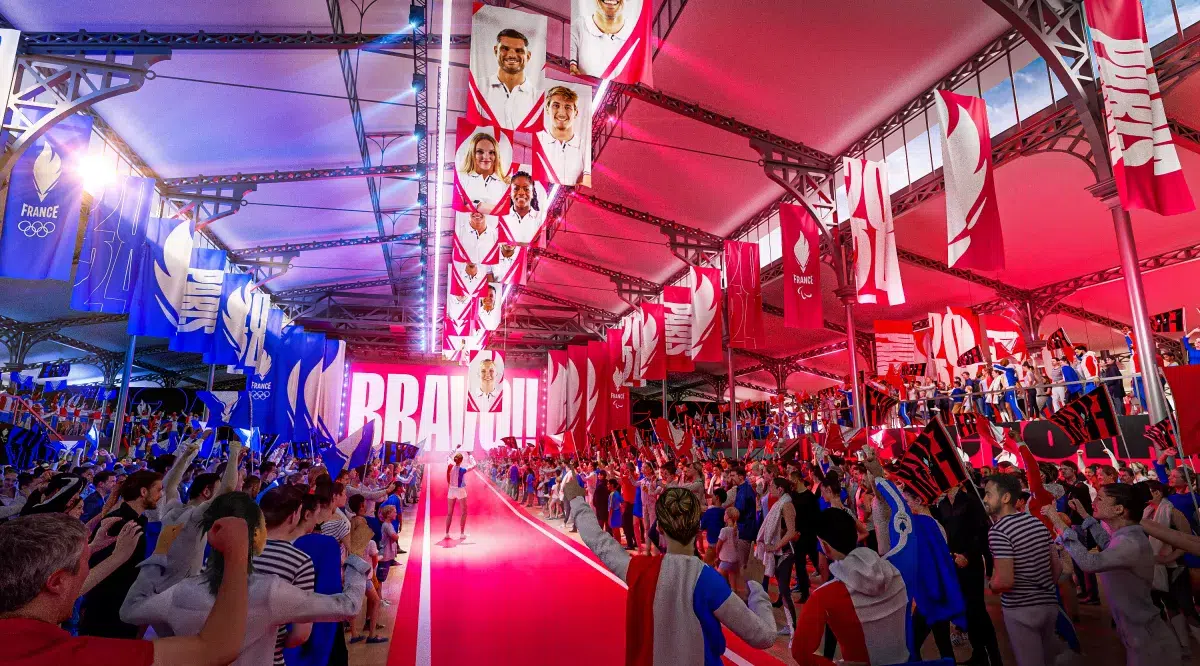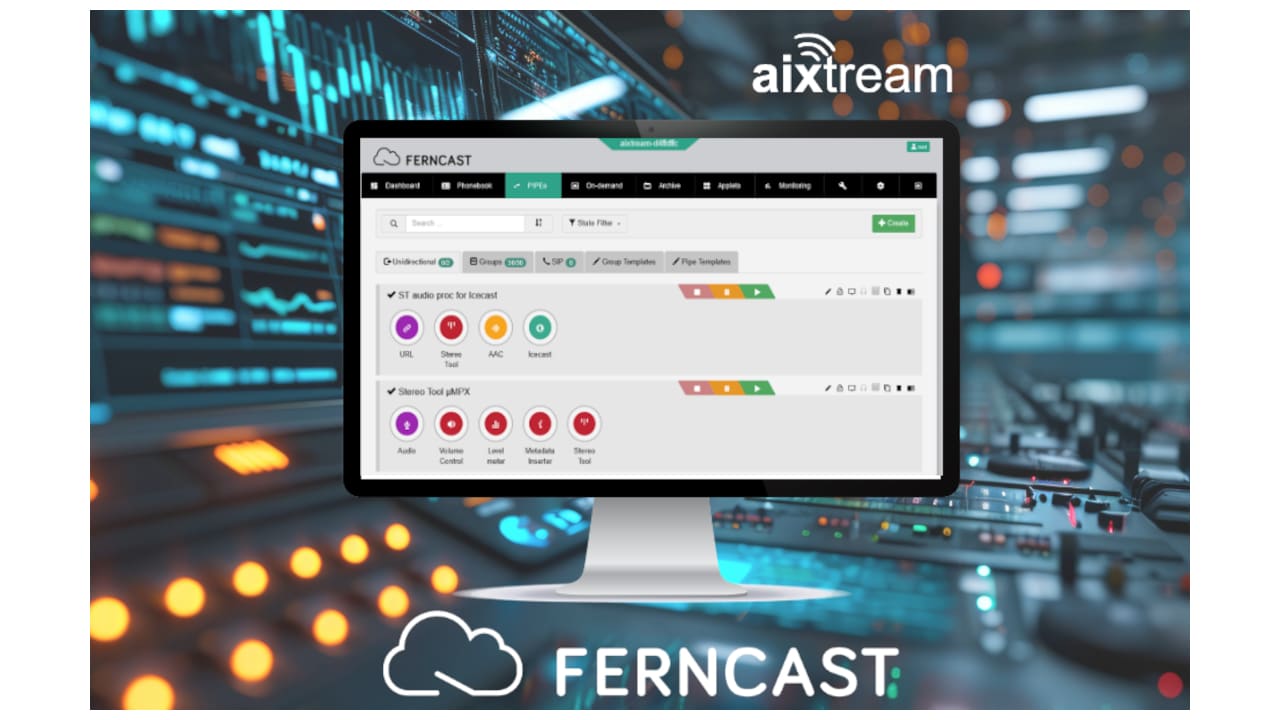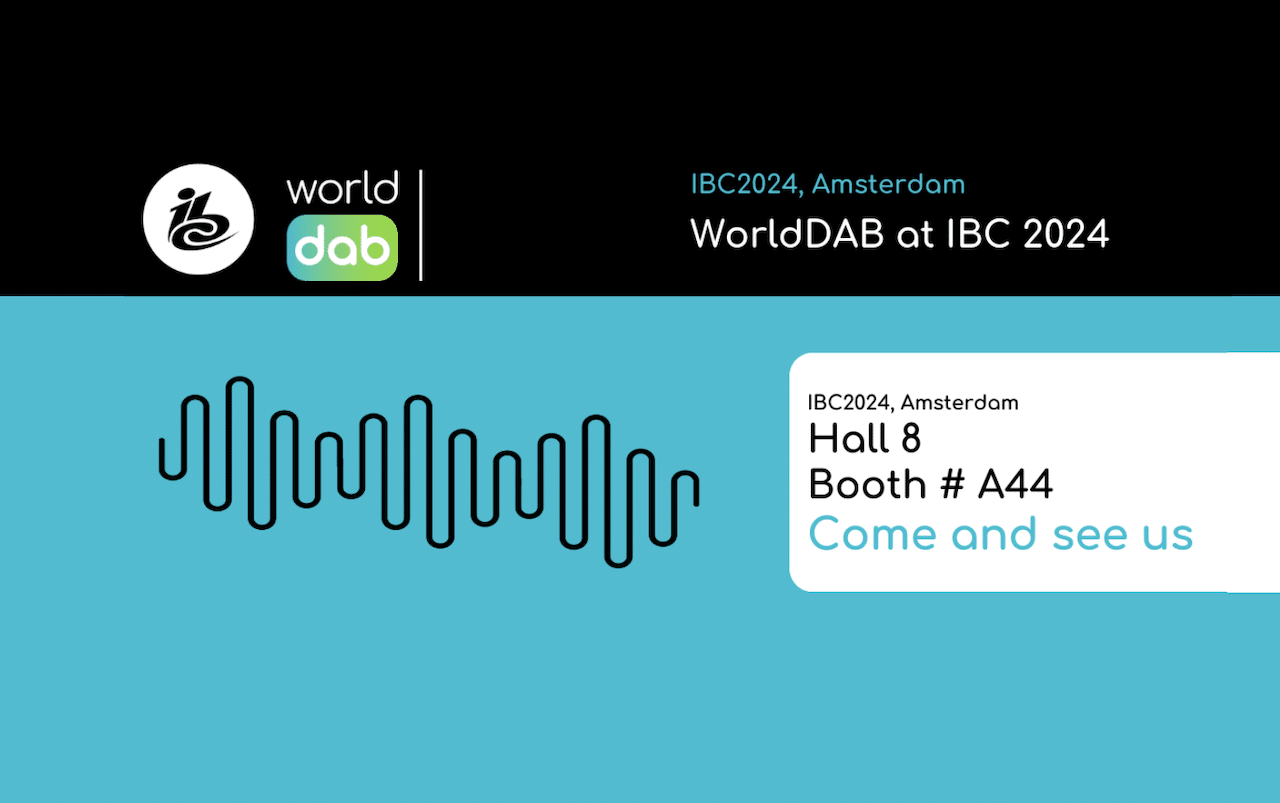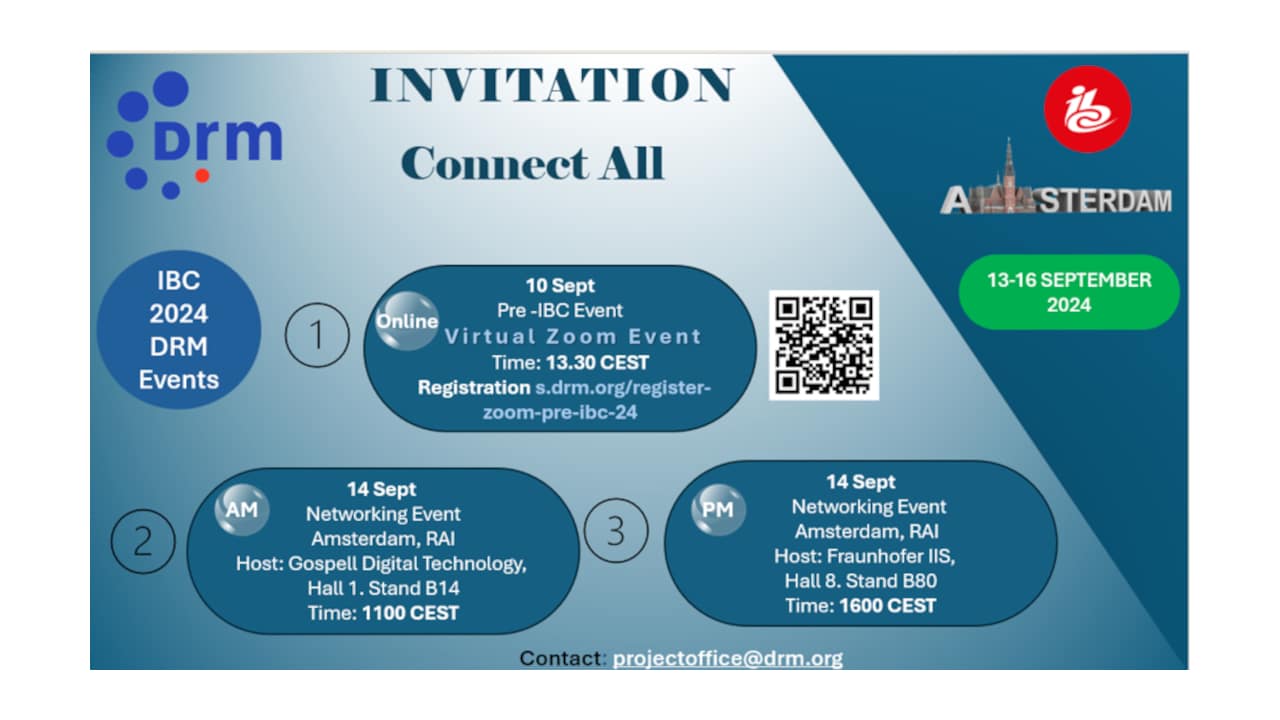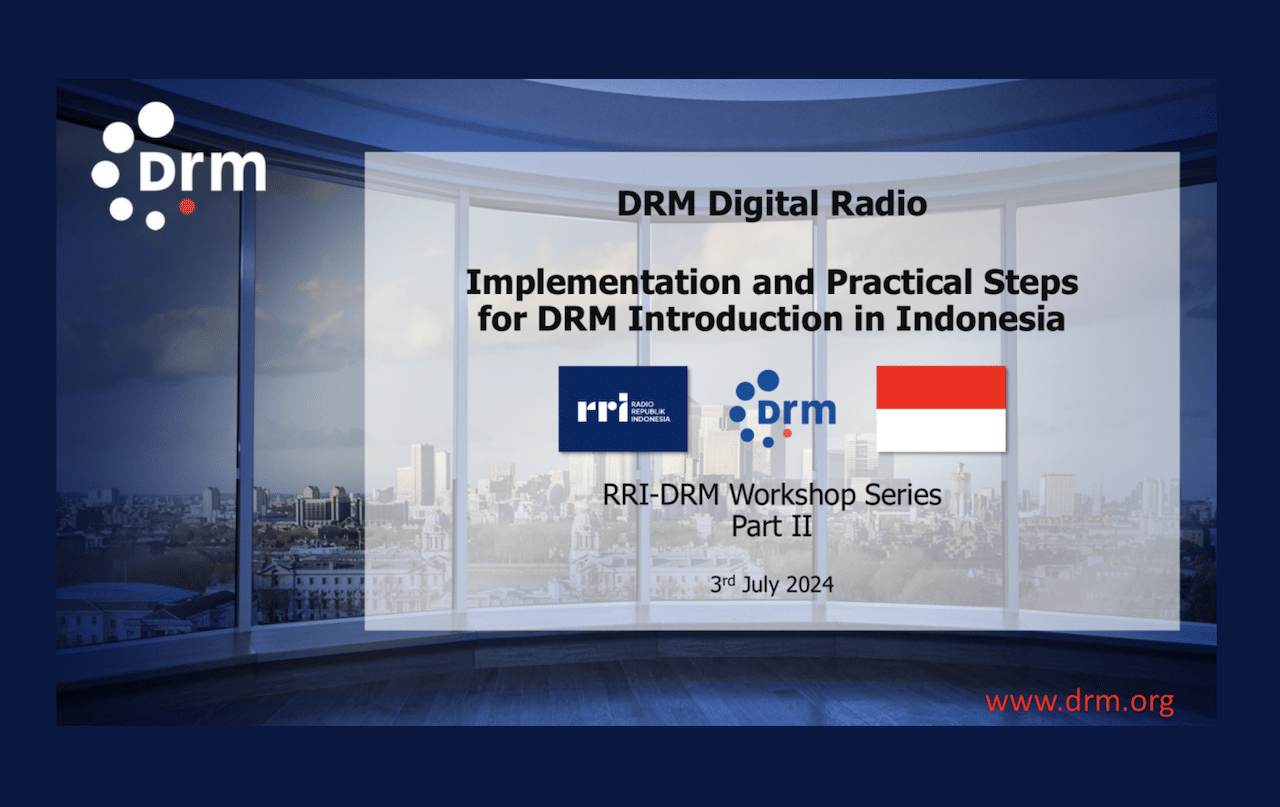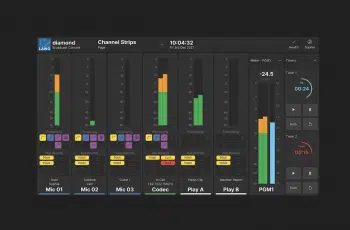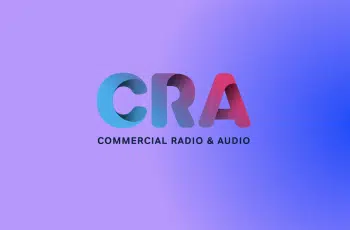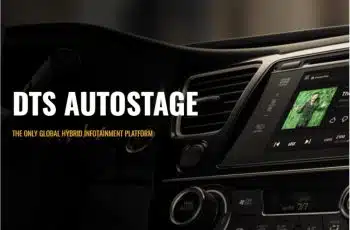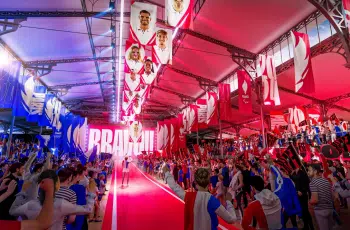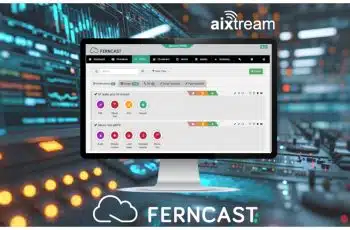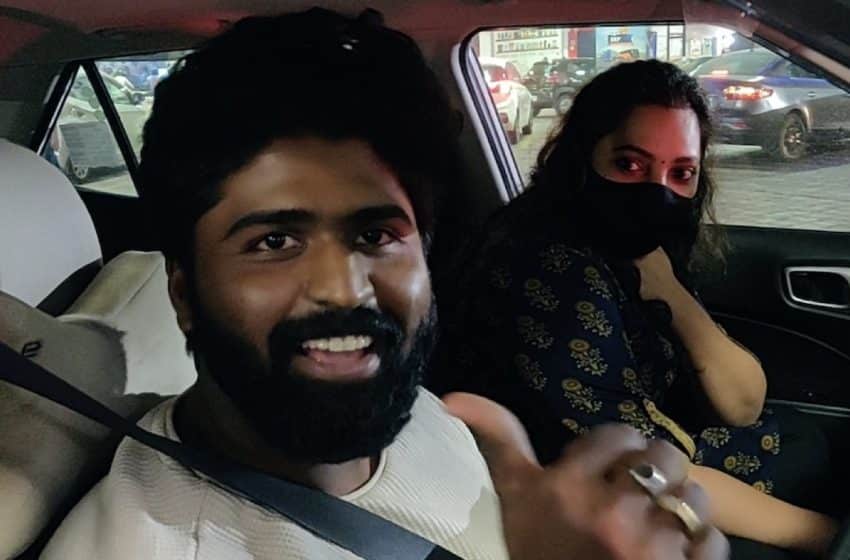
LONDON — Radio is at a crossroads. There is a definite resurgence of radio, but does it include AM and FM, or their new improved, richer digital alternatives?
The audience figures are not bad, but we agree with those who say the fizz seems to have gone out of analog radio. Affordable and ubiquitous radio is less like an exciting medium and more like a utility — an outcome of the often-indistinguishable content. But consider the retro digital radio receivers on the market. Marketers want the nostalgic vibe, even if digital radio has so much more to offer than in Marconi’s pioneering times.
Despite all this, radio remains a simple, convenient, intimate medium. Its mobile attribute is crucial, particularly as the automotive industry adapts to a sustainable, clean, and electricity-driven world.
Shifting Gears
Radio in the car retains an aura. While some may fixate on kitchen radio sets — a downscaling vector, by the way — radio remains versatile and amazing on the road.
A century ago, in 1922, the Chevrolet Motor Company first attempted to fit a commercially viable, portable radio into a car. It did so at the huge cost of US$200 (around £2,400 or US$3,000 in today’s money). It took up a lot of space and needed large batteries placed under the front seat with big speakers behind the back seat, but it worked. Many other innovations and ideas have sprung up since. The most bizarre was perhaps the suggestion from some inventors that a vehicle could have miniature telephone poles at each of its four corners with antennas strung in between!
“The primordial place help by radio in India, coupled with the rise of a stronger middle-class avid for new things like cars, has delivered an interesting reality.”
The “proper” car radio received a boost with the arrival of FM in the 1960s and was, for a while, removable and even worn as a fashion accessory. The car CD player followed, then MP3 docking stations, and, finally, the present digital technology. This allows the synchronization of a driver’s smartphone to their car’s digital system.
We are also familiar with the hands-free controls and streaming to the dashboard, headphones, earbuds or AirPods. There is more. At the recent CES in Las Vegas, nobody, apparently, was talking much about radio — the focus was on the “new” solution: a mix of audio and video for each car passenger, isolated in their personalized bubble. This mixed, “unique” audio content is enhanced by what is visible on car screens, or any piece of glass available in the vehicle. More content, more seats and glass screens, but also more radio or audio content for more users.
This does not mean radio’s place on the dashboard is secure. Parallel with technological advances is a clash of philosophies, or rather, business models. Some car manufacturers are quietly dropping radio, as the Apple, Spotify, etc., personalized and subscription services elbow their way onto the dashboard.
On the other hand, there is the ever-stronger voice of those who want radio in cars to remain easily accessible and free, as the tuner — and not the browser — is what people on the go want to have easy access to.
Diverse Approaches
The clash I have described is more a Western world, not a developing world, dilemma. Here the radio choice, even the streaming options, are more limited. In India, only the public broadcaster may offer news while covering the whole subcontinent and the potential over 1 billion listeners.
An estimated 900 million people in India now have access to a Digital Radio Mondiale DRM signal, even if not for 24 hours a day. Efforts continue to provide half a dozen hours a day of programming and inch towards 23 hours a day on some of the more than 38 digital Indian transmitters. DRM is the only Indian platform providing news, much loved Bollywood music, etc., to almost all the corners of India.
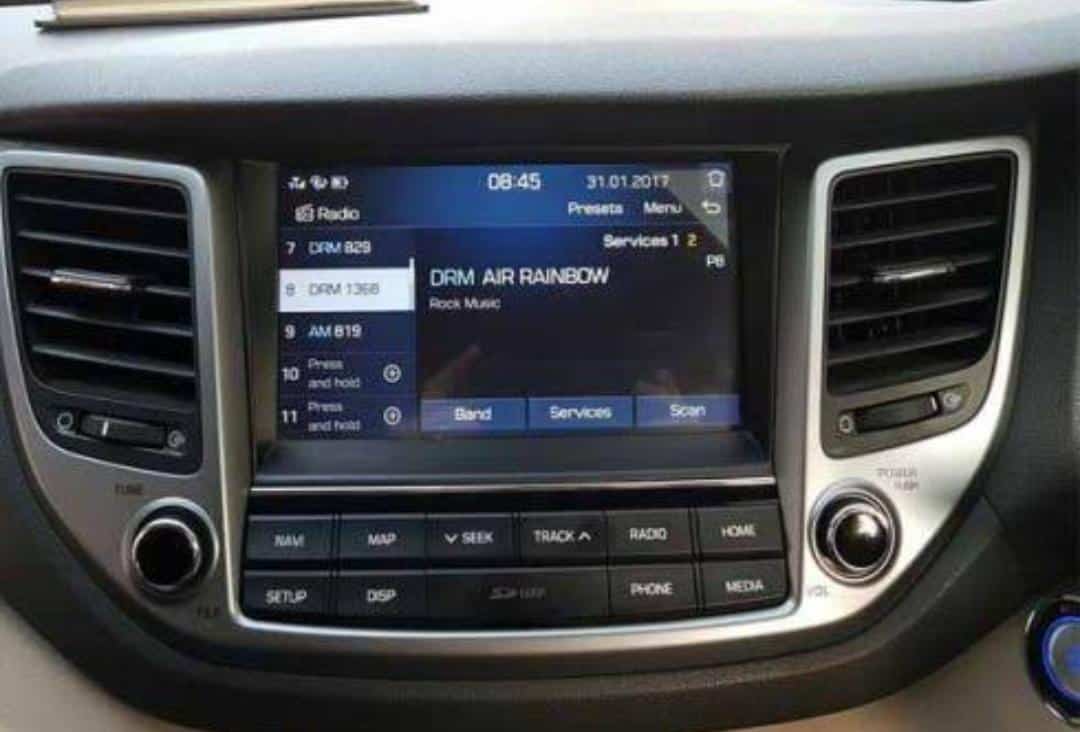
And strange as it may seem, for some Indians, receiving a radio program (now digital) during a long-distance car trip is a new experience. The commercially successful FM stations seldom go beyond the limits of a metro or city, and the analog AM signals pumped by the public broadcaster are often hit and miss.
The primordial place held by radio in India, coupled with the rise of a stronger middle-class avid for new things like cars, has delivered an interesting reality.
After about five years of sustained car sales, today, more than 4.5 million cars are on the road in India equipped with DRM receivers as a line fit feature and at no extra cost to consumers. The Indian automotive market has achieved a staggering digital radio adoption rate, with 28% of new cars currently equipped with a DRM digital radio receiver.
And some of these cars, are already electric, equipped with DRM receivers, finding their way on the crowded Indian roads.
Important Questions
The electric car raises important questions, like the key one on interference. In the electrical microcosmos of the car, the danger for the 100-old radio is real. Once banished from the dashboard, radio can lose its most important platform. Again, the picture is not uniform.
While in other parts of the world, a retrofit for older models can cost up to US$1,500, in DRM, this is a relatively simple and cost-effective upgrade. Therefore, the DRM India Automotive Group encouraged the Indian government to mandate future cars to be equipped with DRM in all bands and DRM digital radio functionality including support for Emergency Warning Functionality as a default feature. This is in line with legislation in other parts of the world, such as Europe.
Where some see a possible turf war between analog and digital, browser and tuner, classical and electric vehicles, we see a great opportunity for digital radio.
While DRM services are robust and do not suffer from interference, as analog does and even some local digital standards seem to do, interference poses a challenge to the electric car due to its many electric components, of which the engine is the most important. Even the simple battery charging process can create interference.
So, is there a possibly big barrier to including digital radio in electric cars? As we write, solutions are underway as car manufacturers, even those of top-range vehicles, are mindful of the customers’ requirements and remain very interested in including radio and digital radio in their future electric models.
But there is another important and less technical aspect to note. Until we get more efficient batteries, an electric car needs to make a lengthy recharge stop to be drivable again. While you are waiting for hours, and not minutes yet, you will probably listen to the radio — to traffic updates, news, music, and some national or local, live information.
The electric car thus offers a great opportunity to increase the interest in longer radio listening, as the “captive” driver and their passengers might be in captivity for longer than in a traffic jam. The electric car is the future, and the revitalized digital radio available has a future with it.
The author is chairman of Digital Radio Mondiale.


